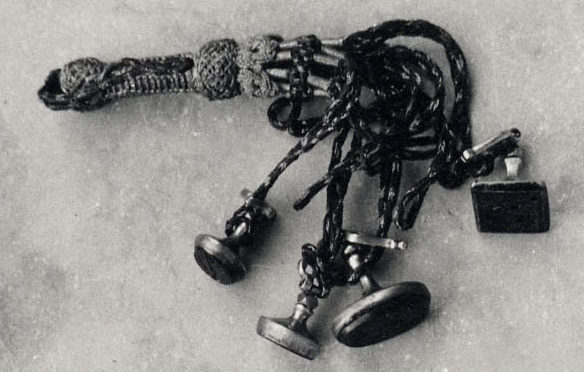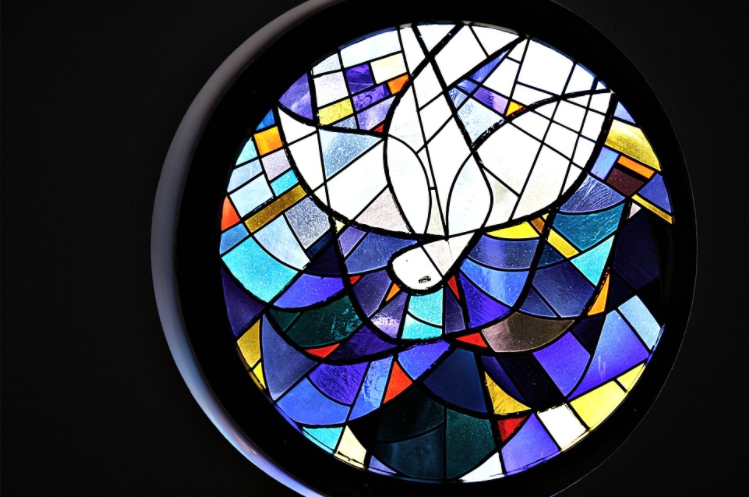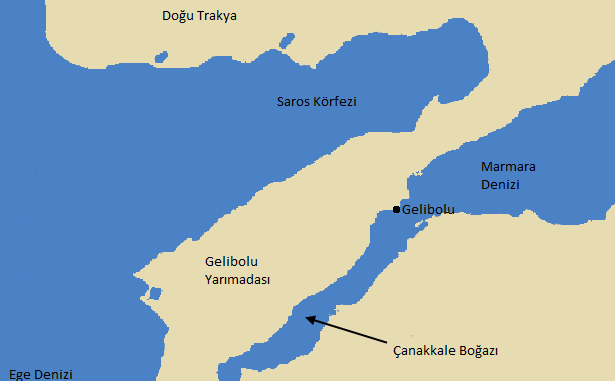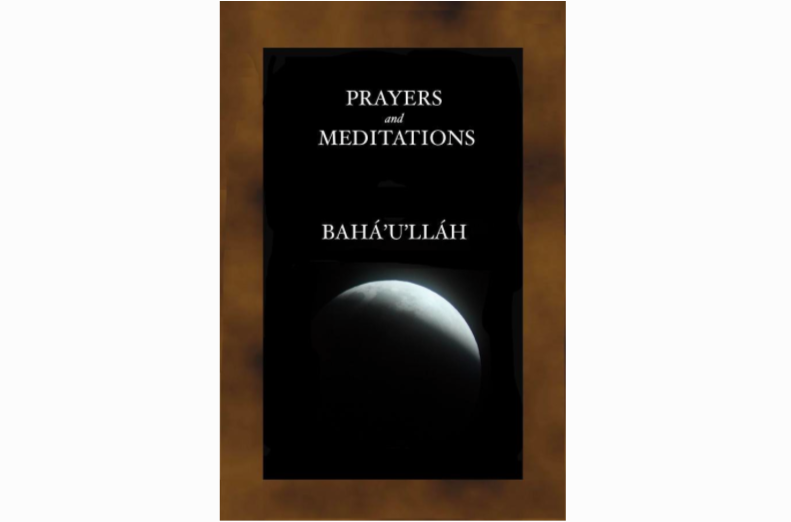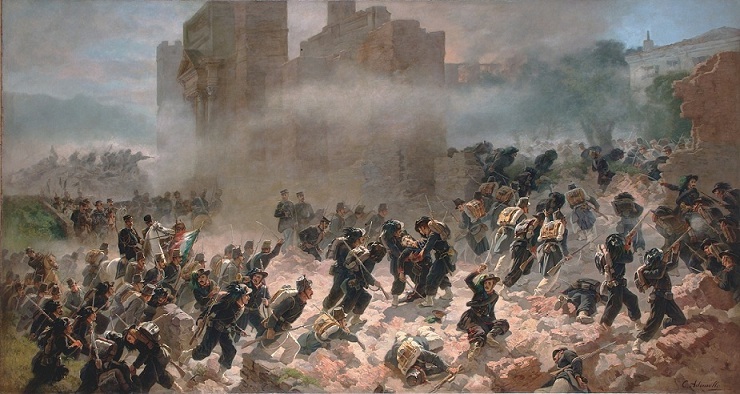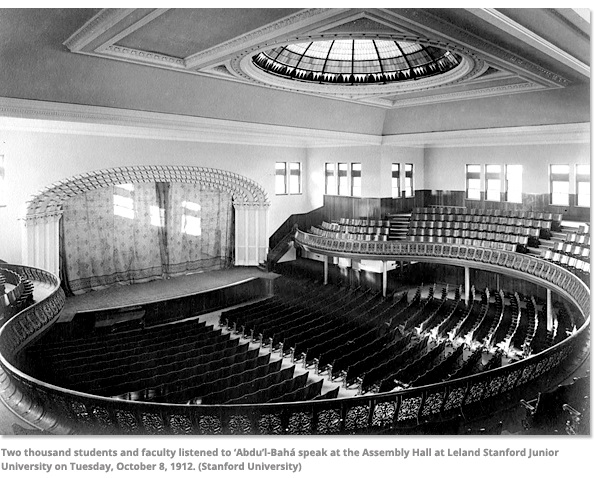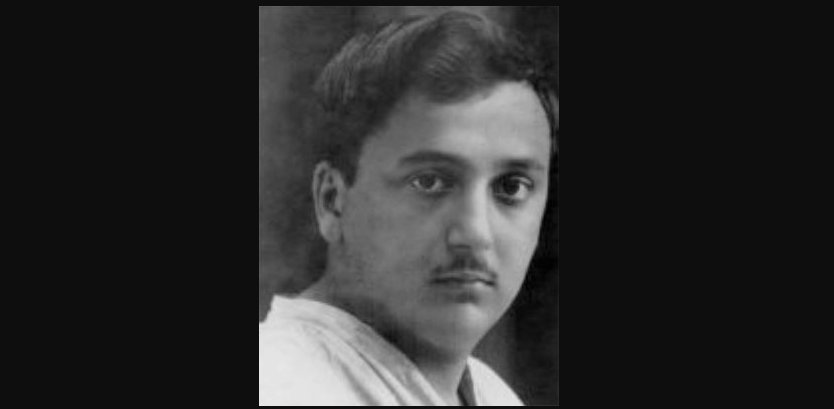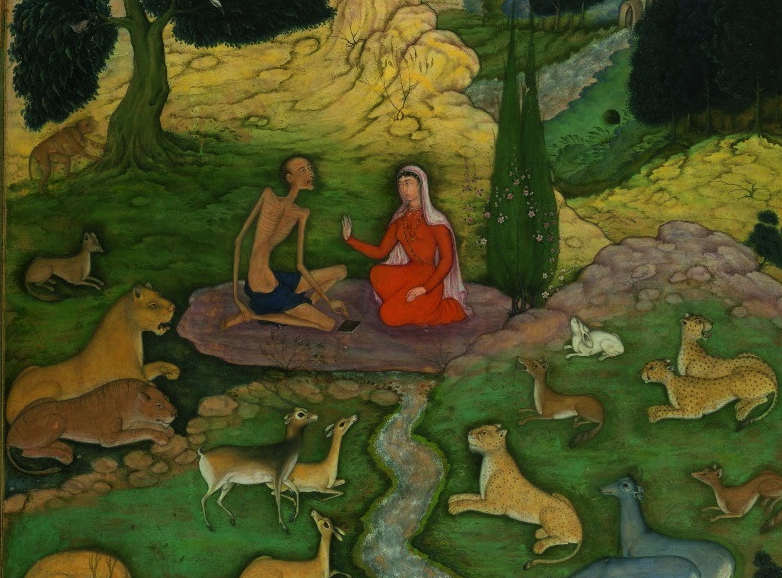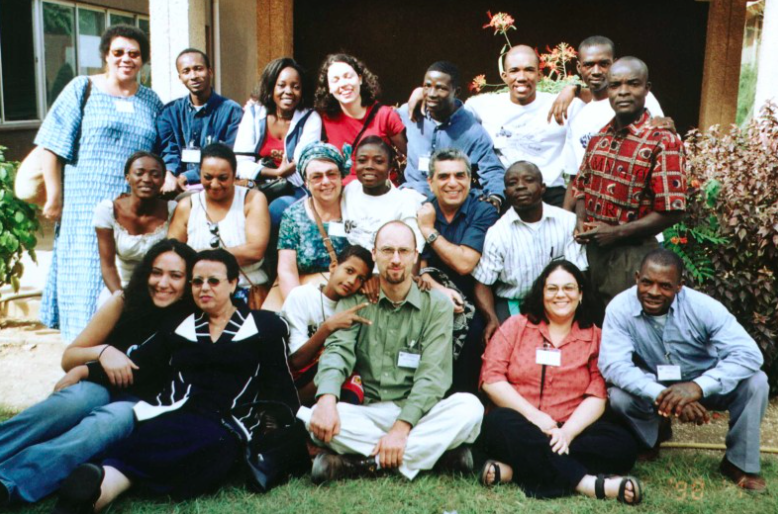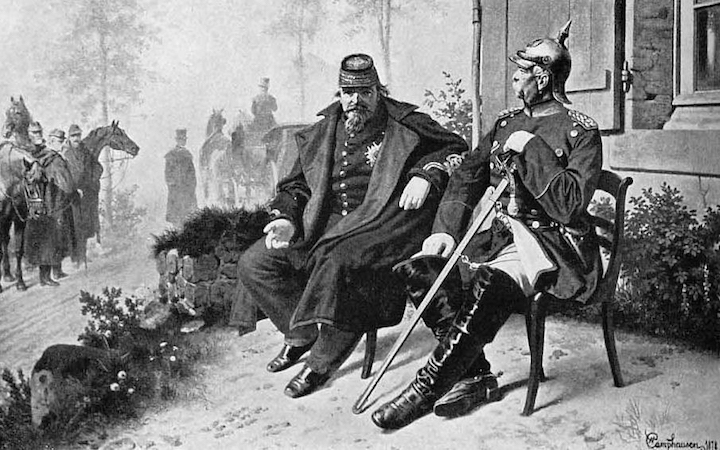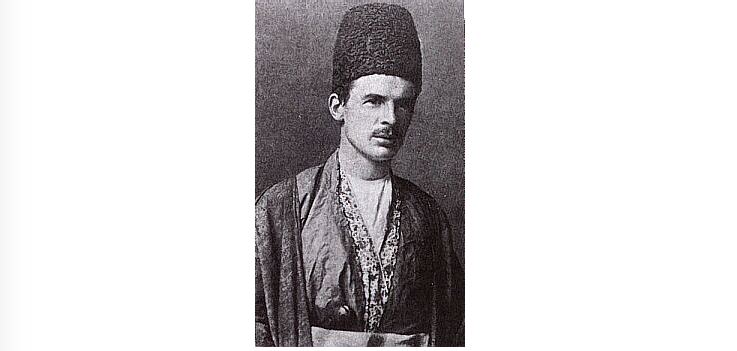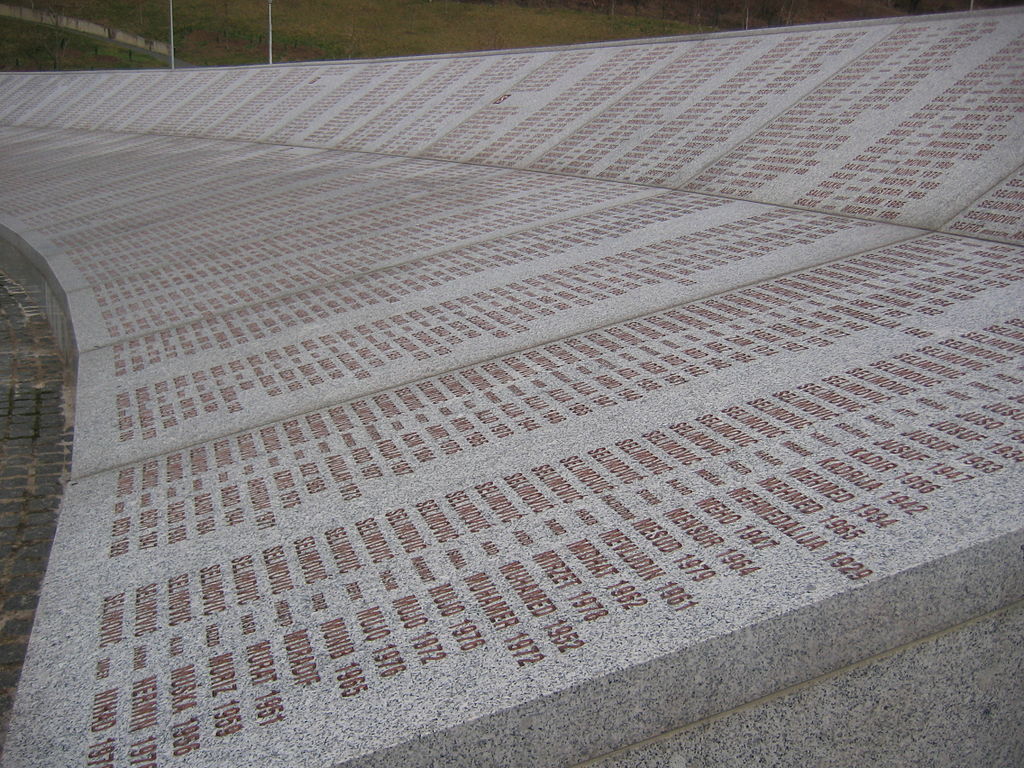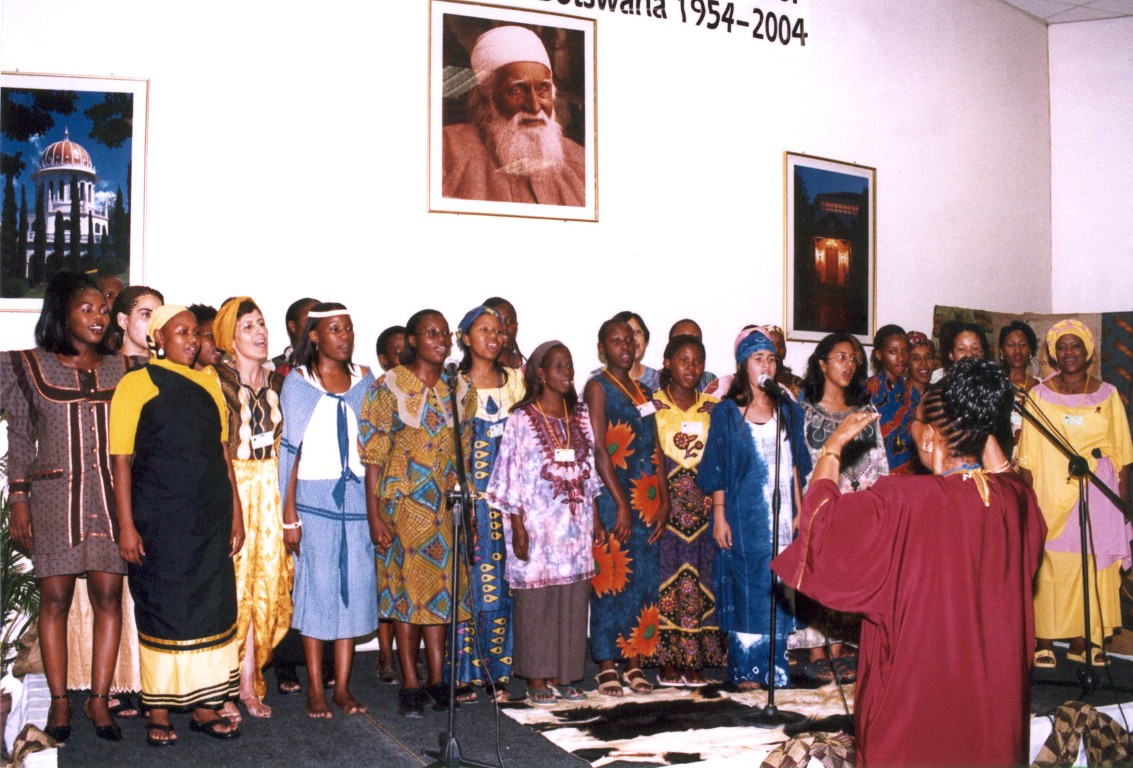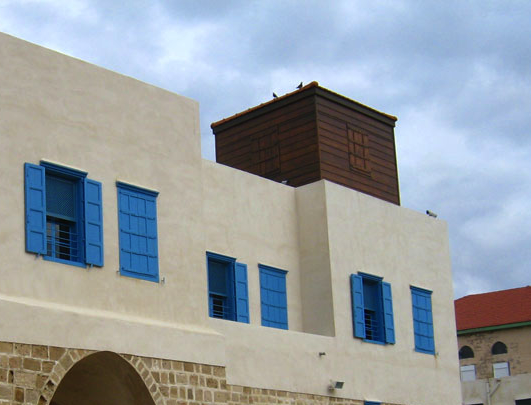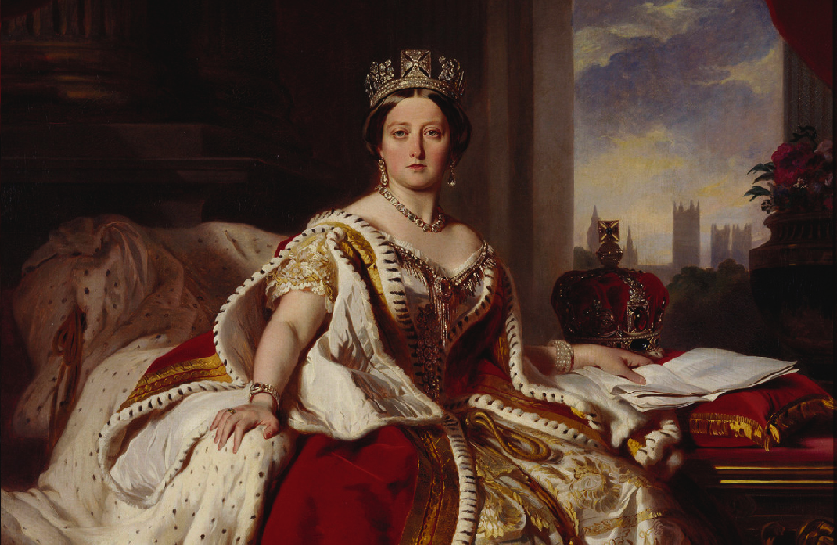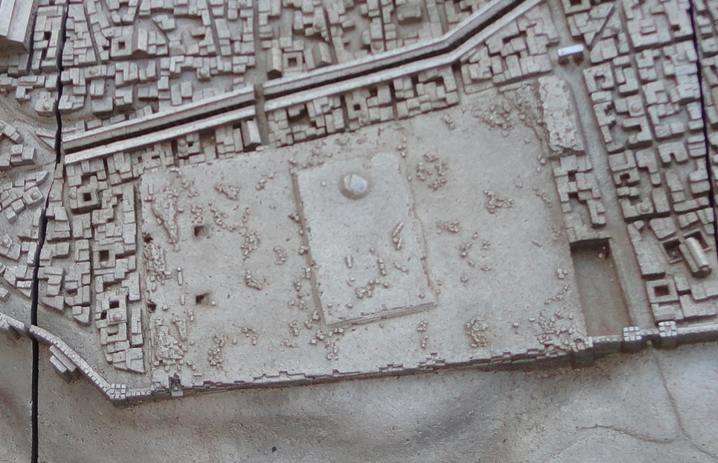Bahaullah's Writings
-
Bahá’u’lláh defines his mission and teaches about the soul
When Bahá’u’lláh had arrived in Gallipoli, on his way to exile in Akka, we have already seen that he predicted the consequences that would arise from the exile. In, the same letter (the Suriy-i-Rais – the Tablet to the Chief Vizier of the Ottoman Sultan), Bahá’u’lláh also takes time to make clear what the purpose of his mission was. This Youth hath come to quicken the world and unite all its peoples. The day is approaching when that which God hath purposed will have prevailed and thou shalt behold the earth transformed into the all-glorious paradise.[1] Bahá’u’lláh not only states that his purpose is the quicken and unify mankind –…
-
When the World Changed: Gallipoli and the Chief Vizier
The future is hardly ever what we expect it to be. It almost always surprises us. This is proof enough that in any point of time, although we often write history as if it was inevitable, many possible futures stretch out before us. Sometimes there are pivot points in history when things change profoundly from what came before — or from what they might have been. When Baha’u’llah sent his message to the kings – the Suriy-i-Muluk — he warned them that their actions had the power to change the future. If ye pay no heed unto the counsels which, in peerless and unequivocal language, We have revealed in this…
-
Bahá’u’lláh’s letter to Pope Pius IX
In 1869, while in Akka, Bahá’u’lláh wrote to the then Pope of the Roman Catholic Church: Pope Pius IX. History does not record any reply. As with other such messages, no reply was expected. The letter is short. It announces Baha’u’llah’s mission in words again unmistakable, although Bahá’u’lláh was a prisoner of the Caliph and Ottoman Sultan. “Rend the veils asunder. He who is the Lord of Lords hath come overshadowed with clouds“, the message begins, in a clear reference to the signs of the second coming recorded in the Gospels. Bahá’u’lláh continues that he “hath again come down from Heaven even as He came down from it the first time“.…
-
O Ahmad, be thou so steadfast in my love that thy heart shall not waver …
Written in Adrianople in 1865, the Tablet of Ahmad is one of the most powerful of Bahá’u’lláh’s writings. Adrianople, now known as Edirne, was the next place of exile Baha’u’llah was sent after being summoned to Constantinople., and is about 240 kilometres to its north-west. Adrianople was referred to by Bahá’u’lláh in his writings as “the remote prison”. The Tablet of Ahmad was written to Ahmad, a native of the city of Yazd in central Iran. Ahmad was religiously inclined and in his youth he became attracted to Sufism. He travelled to India as an ascetic and dervish. After a time he became disillusioned with this path, despite the…
-
The Valley of Knowledge
The Seven Valleys is Bahá’u’lláh’s presentation of an ancient literary metaphor for the journey of the soul. He wrote the Seven Valleys around 1860 after he had returned from two years of withdrawal from the world in the mountains of Kurdistan. The Seven Valleys are (in sequence): the Valley of Search, the Valley of Love, the Valley of Knowledge, the Valley of Unity, the Valley of Contentment, the Valley of Wonderment and the Valley of True Poverty and Absolute Nothingness. As a whole the Seven Valleys is a work which challenges comprehension. Of course it is not meant to be – nor can it be – read as a rule book.…
-
To the Rulers of Society: the Summons of the Lord of Hosts
A number of articles have already noted that Bahá’u’lláh wrote to the rulers of society. For example, the Suriy-i-Haykal – the Tablet of the Temple; articles such as the article on justice; Against Persecution of Minorities, and the Sultan’s Puppet Show. Many of these letters are collected in a book entitled The Summons of the Lord of Hosts. There are also a number of passages addressed to governing institutions in Bahá’u’lláh’s Most Holy Book, the Kitab-i-Aqdas. Among Bahá’u’lláh’s letter to the rulers of society is the “Tablet to the Kings” addressed to rulers collectively – while Bahá’u’lláh also wrote individual messages addressed to rulers such as Pope Pius IX, Napoleon…
-
Trees of Meaning
Trees are a recurring metaphor in Bahá’u’lláh’s writings and the Baha’i writings more generally. Here are a few examples. Trees are a metaphor for transformation of the human heart. Incline your hearts, O people of God, unto the counsels of your true, your incomparable Friend. The Word of God may be likened unto a sapling, whose roots have been implanted in the hearts of men. It is incumbent upon you to foster its growth through the living waters of wisdom, of sanctified and holy words, so that its root may become firmly fixed and its branches may spread out as high as the heavens and beyond.[1] They stand as a…
-
The Fire Tablet
The Fire Tablet, written by Bahá’u’lláh, begins as a lament. Its name is echoed in its opening verses: … the hearts of the sincere are consumed in the fire of separation: Where is the gleaming of the light of Thy Countenance, O Beloved of the worlds? The Fire Tablet was written towards the end of 1871 when Bahá’u’lláh and his closest followers were still imprisoned in the city of Akka. It is in the form of rhyming couplets in three parts. In the first part, Bahá’u’lláh speaks of human suffering. Each verse refers to a form of suffering and searches for divine assistance. For example: Calamity hath reached its height:…
-
Suriy-i-Haykal: Restoring the Temple
As we have seen Bahá’u’lláh does not throw away the past; rather Bahá’u’lláh re-weaves the past in new forms in his teachings. The Temple of course refers to the ancient temple of Judaism in Jerusalem. The Temple Mount: the place where the Temple once stood, before it was destroyed by the Romans, remains the most sacred site of Judaism. The same site is now also sacred to Muslims – being the site of the Al Aqsa Mosque. The Temple and its restoration also features in ancient biblical prophecy associated with the return of the prophet or Messiah. In New Testament teachings, the concept of a physical temple is transmuted into a…
